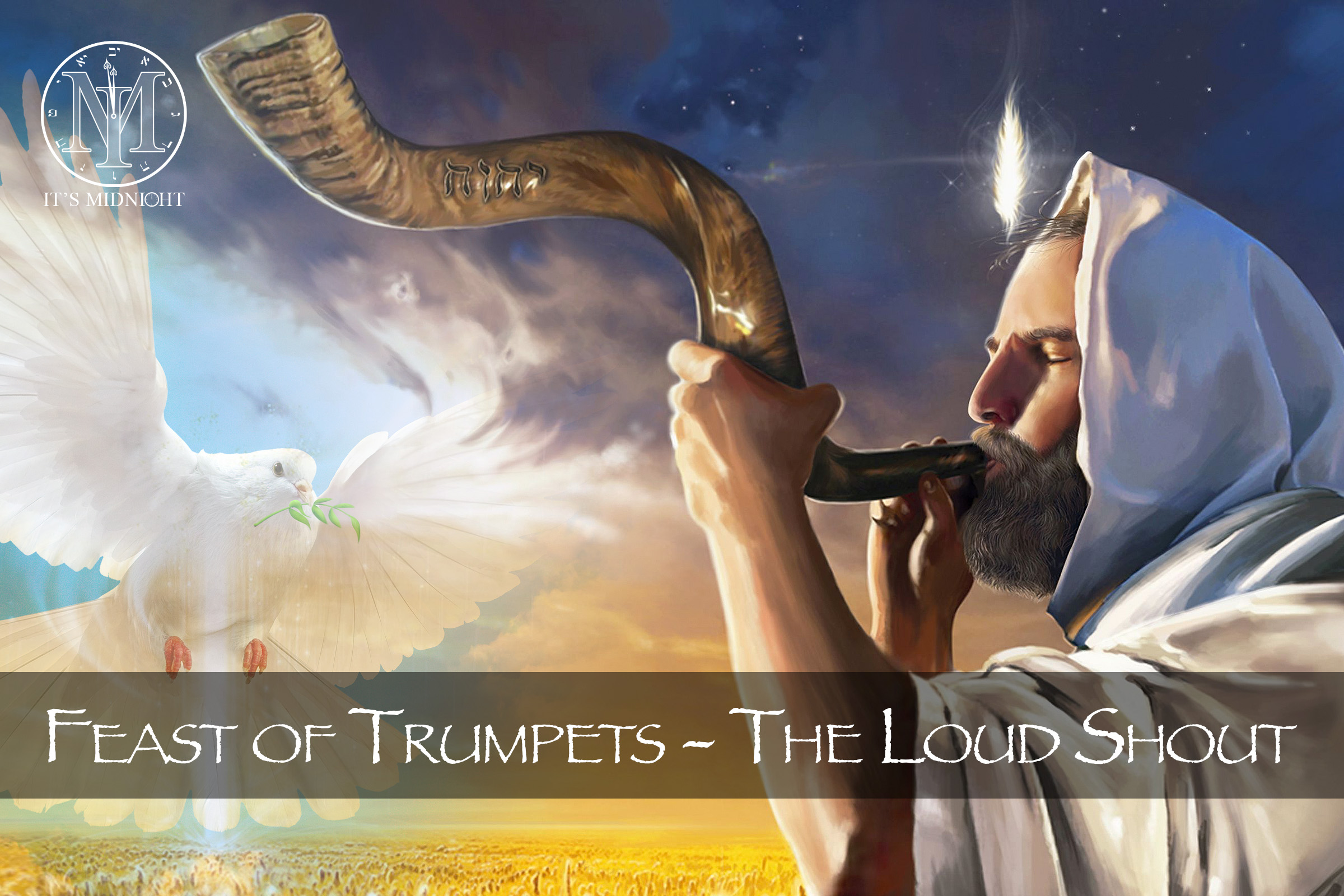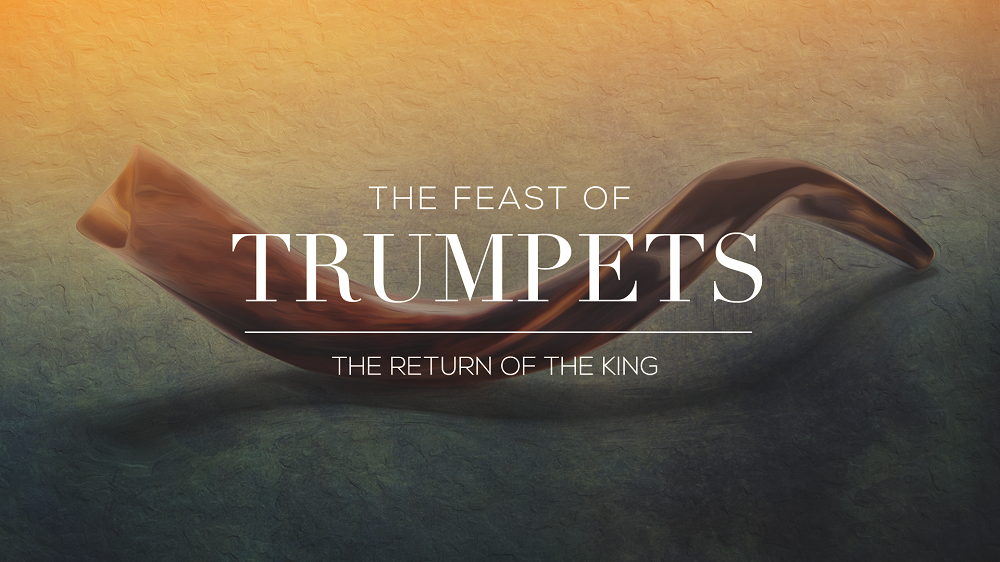Feast Of Trumpets & Rosh Hashanah: Meaning And Dates
Is Rosh Hashanah merely a change of seasons, a flip of the calendar page? Absolutely not. It's a spiritual earthquake, a time of profound introspection, a clarion call to awaken from slumber and prepare for the year ahead.
Rosh Hashanah, meaning "head of the year," is much more than just the Jewish New Year. It's Yom Teruah, the "Day of Sounding," punctuated by the evocative blasts of the shofar, the ram's horn. These ancient sounds aren't just festive noise; they're a wake-up call, a summons to repentance, a call to remember our relationship with the divine. This year, 2024, saw the Feast of Trumpets celebrated based on various interpretations of the Hebrew calendar, with some observing it beginning at sundown on October 2nd and concluding on October 4th, while others marked its commencement on October 4th itself. The varied dates highlight the complexities of reconciling ancient traditions with modern calendar systems.
| Aspect | Details |
|---|---|
| Hebrew Name | Rosh Hashanah ( ) - "Head of the Year" Yom Teruah ( ) - "Day of Sounding/Blowing" |
| Date in 2024 | Varied interpretations; commonly observed between sunset October 2nd and sunset October 4th |
| Date in 2025 | Sunset September 22nd - nightfall September 24th |
| Significance | Jewish New Year, Day of Judgement, Remembrance of Creation, Beginning of the High Holy Days |
| Key Observances | Sounding the Shofar, Special prayers, Festive meals, Reflection and repentance |
| Reference | My Jewish Learning - Rosh Hashanah |
The shofar blasts themselves are a language of their own. The tekiah, a long, single blast, represents the kingship of God. The shevarim, three broken blasts, symbolize the brokenness of our hearts in repentance. The teruah, nine staccato notes, represents the weeping and wailing for our sins. These varied sounds pierce the soul, compelling us to confront our shortcomings and strive for a better year. It is a day of spiritual accounting, where, according to tradition, God inscribes each person's name into the Book of Life, a powerful metaphor for judgment and renewal.
Rosh Hashanah also commemorates the creation of the world, the birthday of the universe. It reminds us of our place within creation, our connection to something larger than ourselves. The themes of creation and judgment intertwine, prompting us to reflect on how we use the time given to us, the gifts bestowed upon us. Are we living in accordance with the divine plan, contributing to the betterment of the world?
This solemnity is balanced by the joy of a new beginning. The High Holy Days, of which Rosh Hashanah is the cornerstone, are likened to the engine of the year, driving us forward with renewed purpose. The High Holy Days, a period of deep spiritual significance, culminate in Yom Kippur, the Day of Atonement, where the focus shifts entirely to repentance and reconciliation. These ten days are a journey from the sounding of the shofar to the sealing of our fate in the Book of Life.
The Feast of Trumpets, then, resonates far beyond the walls of the synagogue. It's a universal theme, a call to self-improvement that transcends religious boundaries. It's a time for introspection, for taking stock of our lives, for setting intentions for the year to come. Whether we observe the rituals or not, the spirit of Rosh Hashanah speaks to the deepest part of our human nature, reminding us that we have the power to change, to grow, to begin anew.
In some traditions, questions arise around the specifics of observance. Who traditionally blows the shofar? Under Chabad custom, are there restrictions? These questions highlight the richness and diversity within Jewish practice. Further, some interpretations connect the Feast of Trumpets to the Feast of New Oil, suggesting a deeper symbolic meaning related to anointing and consecration. These varying perspectives enrich the tapestry of this ancient holiday.
The seven days of Sukkot, the Feast of Tabernacles, follow close on the heels of Rosh Hashanah and Yom Kippur. Sukkot celebrates the harvest and commemorates God's sheltering of the Israelites in the desert. Its a time of joy and celebration, reminding us of Gods protection and provision. The transition from the intense introspection of the High Holy Days to the joyful celebration of Sukkot symbolizes the hope and renewal that comes with true repentance.
Beyond the intricacies of dates and calendar calculations, Rosh Hashanah remains a powerful symbol of renewal and hope. The sounding of the shofar is more than just a ritual; it's a call to awaken, to repent, and to embrace the potential for transformation that each new year brings. It is a reminder that even amidst the complexities of life, we always have the opportunity to begin again.


